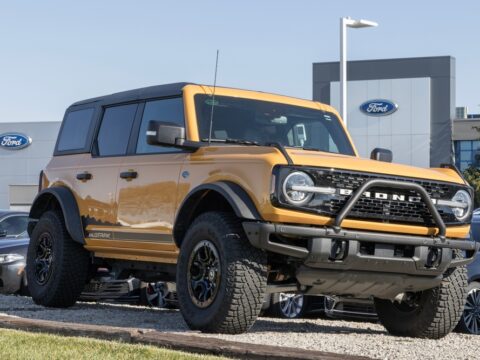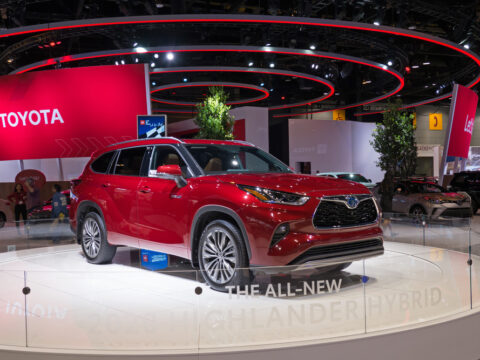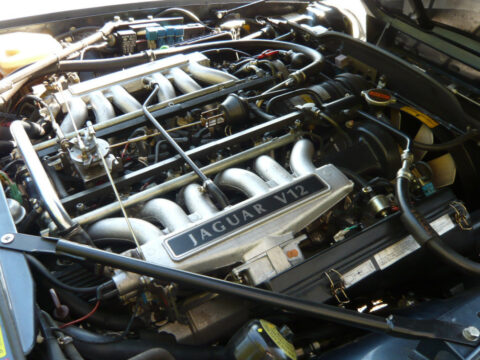The quintessential roar of an American muscle car or the iconic stature of U.S. automotive classics often shadows a less explored yet fascinating narrative of American motoring – the exotic, unseen models crafted for foreign soils. Venture beyond the familiar avenues of Detroit’s automotive prowess, and you’ll discover a range of captivating vehicles emblematic of American ingenuity, yet tailored for tastes and terrains afar. In a world where borders delineate automotive markets, a few American creations have chartered unfamiliar territories, gracing foreign roads while remaining elusive to the domestic eye.
Contents
Ford Falcon (Australia)
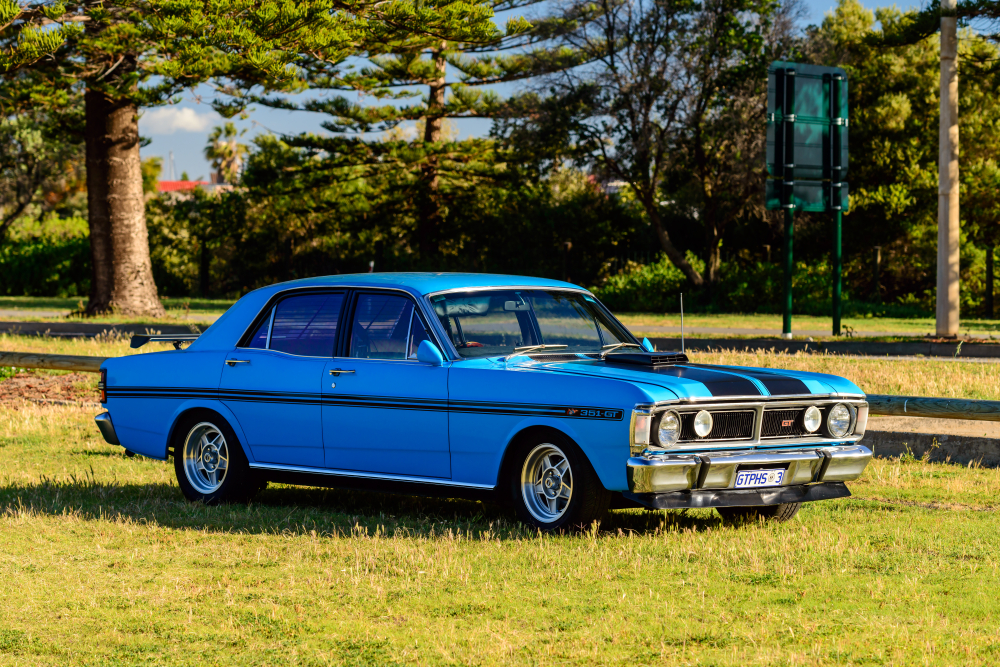
The Australian Ford Falcon was a robust and versatile model well-loved Down Under. However, it never made it to the US due to the presence of similar models and a competitive market that could have led to internal competition with existing Ford models.
Holden Monaro (Australia)
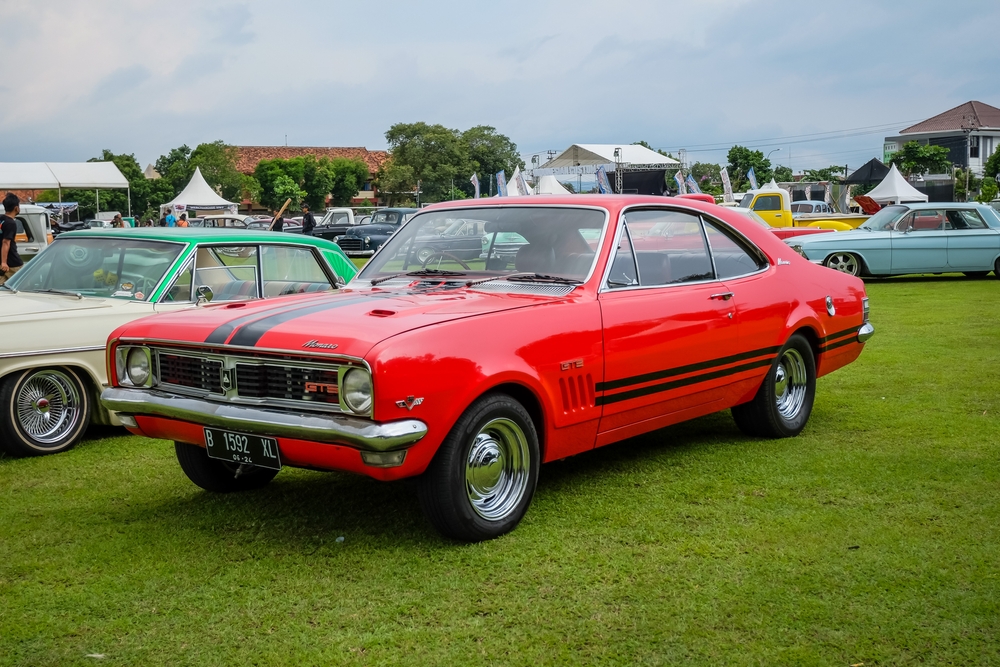
Although under GM’s umbrella, the Holden Monaro was an Australian icon that wasn’t sold in the US under its original branding. It was later introduced to the US as the Pontiac GTO, adjusting to brand recognition and market preferences.
Ford Sierra RS Cosworth (Europe)
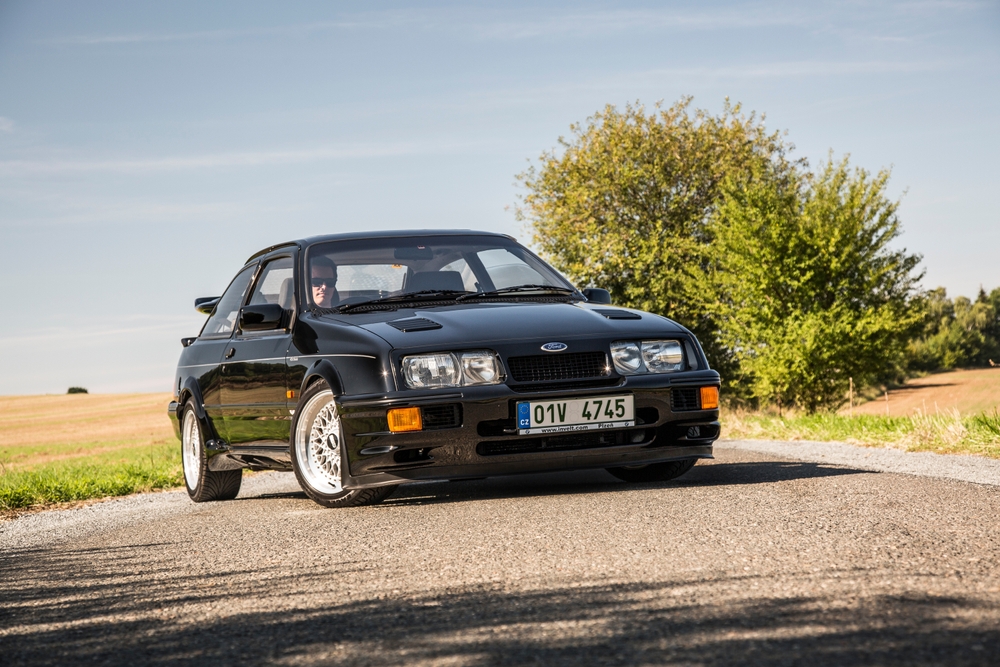
Designed in the US but primarily sold in Europe, the Sierra RS Cosworth faced barriers to entry in the US due to strict emissions and safety regulations despite its performance capabilities and racing pedigree.
Chevrolet Commodore (South Africa)
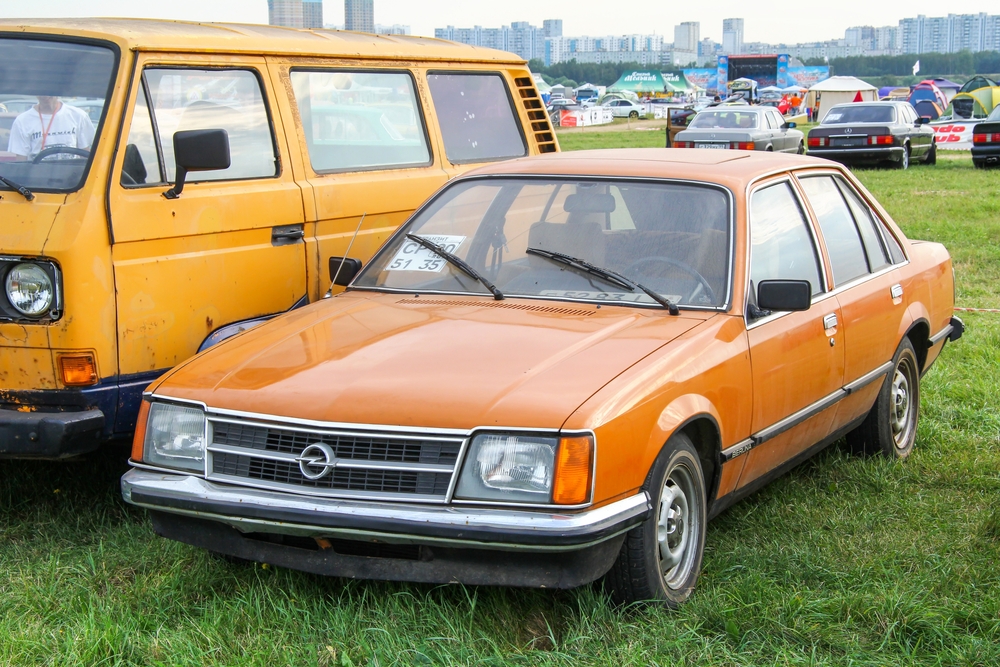
This was a variant of the Opel Rekord, produced under GM’s umbrella. It wasn’t sold in the US due to branding issues, and perhaps due to the competitive market of similar models in the US.
Holden Commodore (Australia)
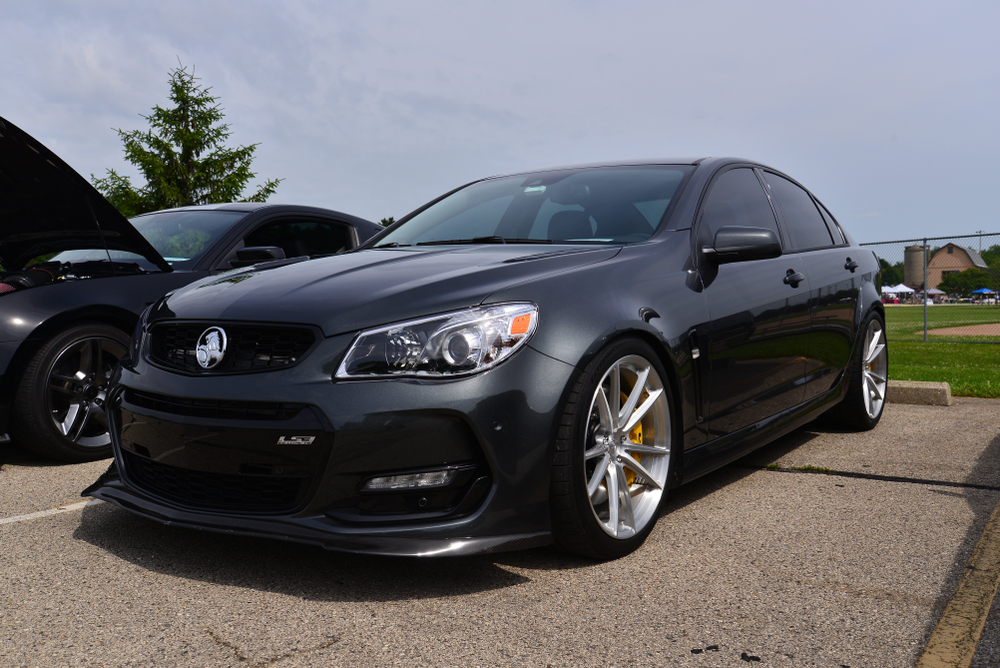
Another model from GM’s Australian division, the Commodore, was a well-regarded sedan with performance variants. Its introduction to the US market was limited due to brand recognition and perhaps the cost associated with meeting US regulations.
Ford Capri (Europe)
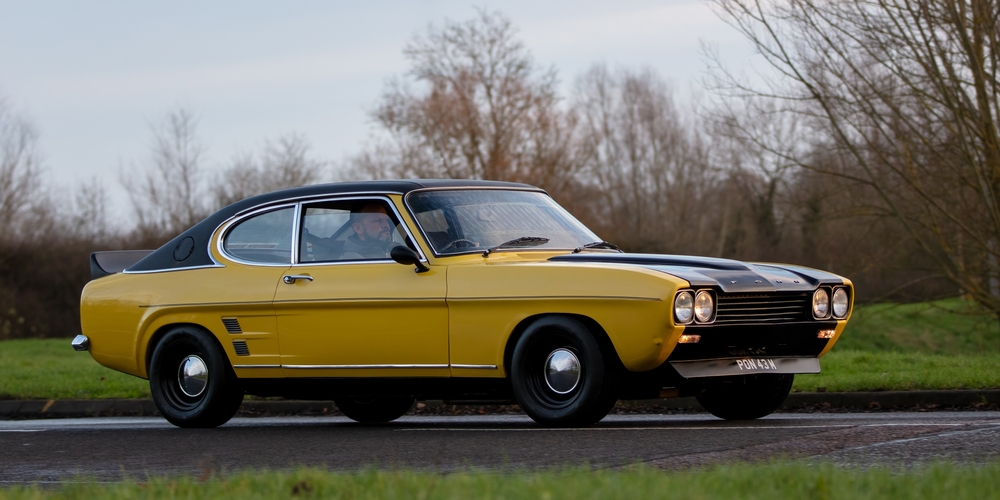
While having American lineage, the Capri was a European-oriented model. The different market dynamics and stringent regulations made it a tough sell in the US.
Holden Ute (Australia)
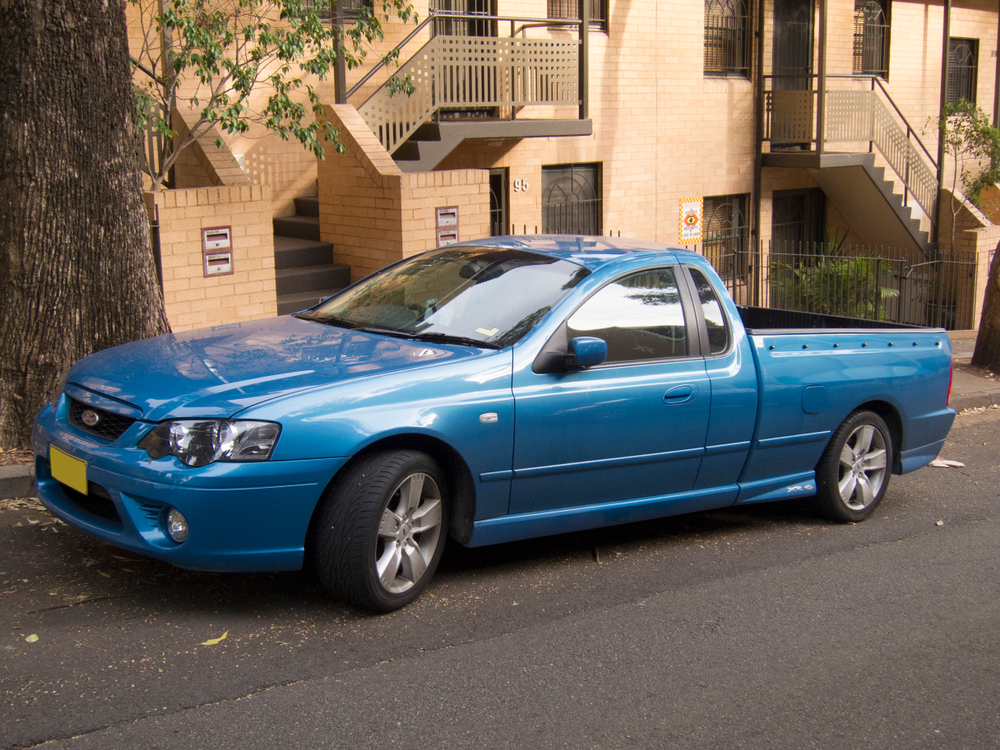
The Ute, a coupe utility vehicle, had a niche market. Despite its practicality and performance in some variants, it didn’t fit well with the American market preferences at the time.
Cadillac Catera (Europe as Opel Omega)
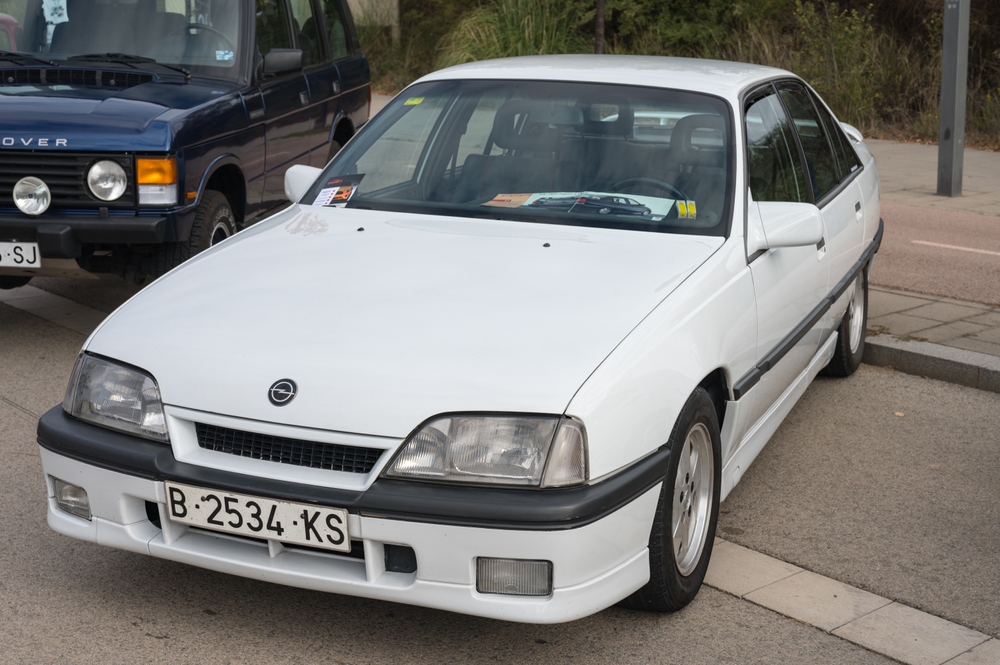
Although marketed as a Cadillac in the US, the original Opel Omega model was a European endeavor. The brand discrepancy and potential internal competition with other GM models might have dissuaded a direct sale.
Ford Del Rey (Brazil)
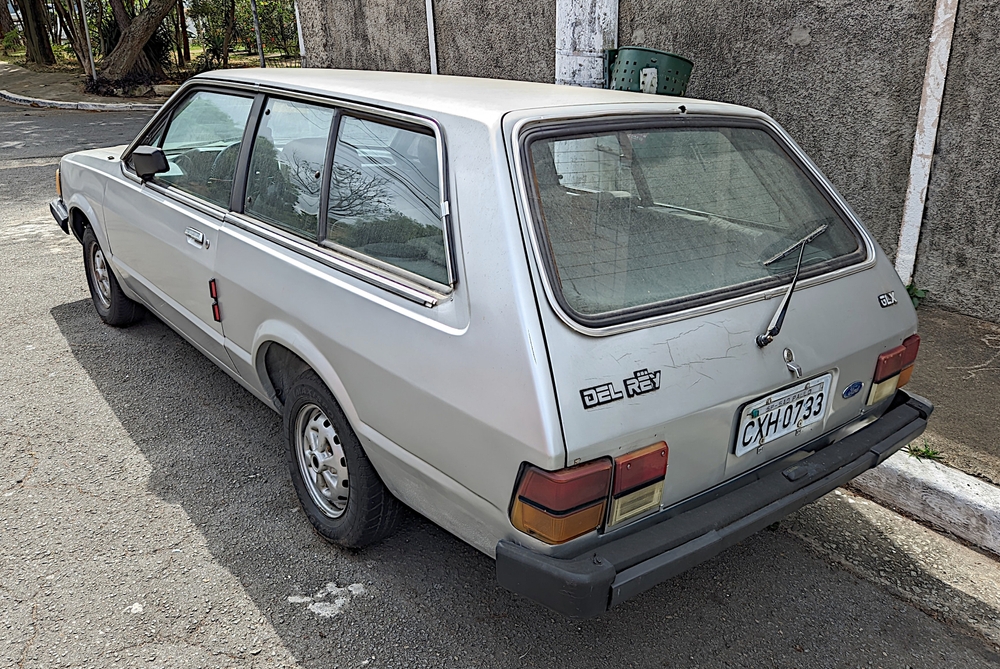
The Del Rey was tailored to meet the demands of the Brazilian market. It did not fit well with the US market dynamics due to its design and specifications, keeping it from being introduced in the US.
Chrysler Valiant (Australia)
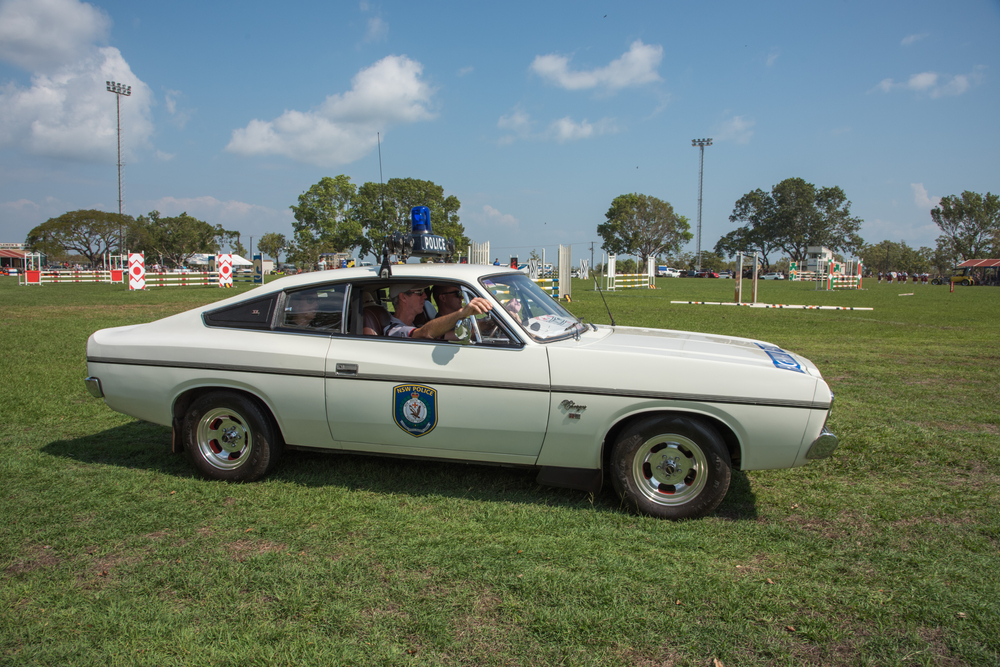
While under the umbrella of the Chrysler Corporation, the Valiant was uniquely Australian and didn’t align with the tastes and preferences of the American market, hence it was not sold in the US.
Chevrolet Opala (Brazil)
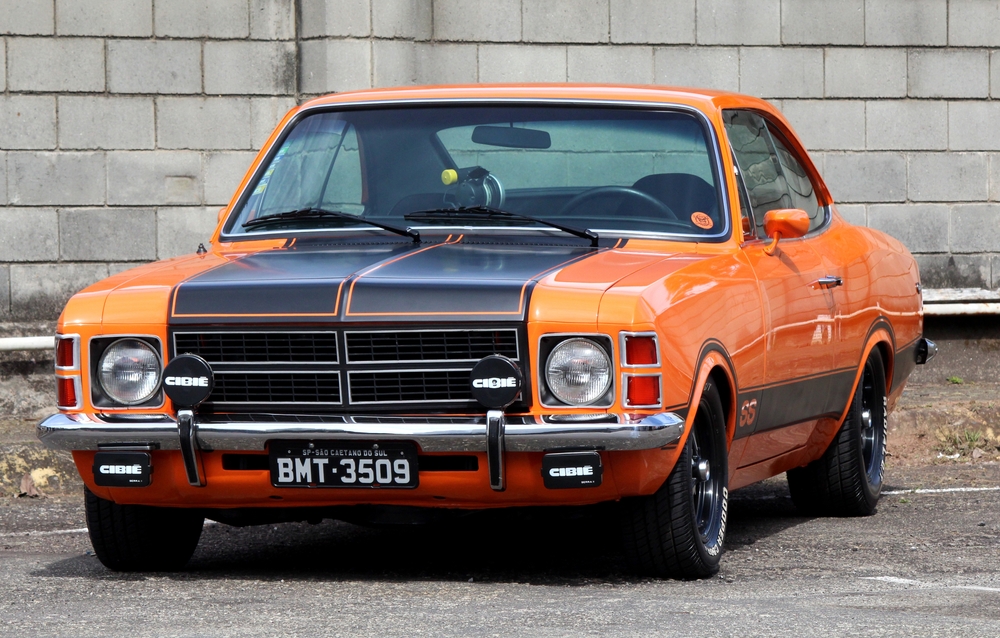
The Opala was a blend of American muscle and European elegance tailored for the Brazilian market. Its unique market positioning and perhaps regulatory hurdles kept it from entering the US market.
This article originally appeared on MyCarMakesNoise.
More from MyCarMakesNoise
10 Muscle Cars with Outstanding Safety Features

Historically celebrated for their roaring engines and raw power, muscle cars have evolved beyond mere speed demons. In today’s automotive landscape, they strike a harmonious balance between heart-pounding performance and top-tier safety, ensuring adrenaline rushes don’t come at the cost of passenger protection. Read More.
15 Cars to Avoid If You’re Concerned About Depreciation

If you’re in the market for a new car, it’s crucial to think about how quickly it might lose value. Depreciation can make a significant dent in your vehicle’s resale price, influenced by things like the brand’s reputation, upkeep expenses, and overall demand. Read More.
13 Best Small Cars for Safety-Conscious Drivers

Size doesn’t always equate to safety, especially when it comes to the new generation of small cars hitting the roads. This article aims to debunk the myth that smaller cars can’t offer top-notch safety features. Read More.


